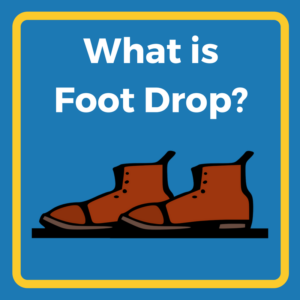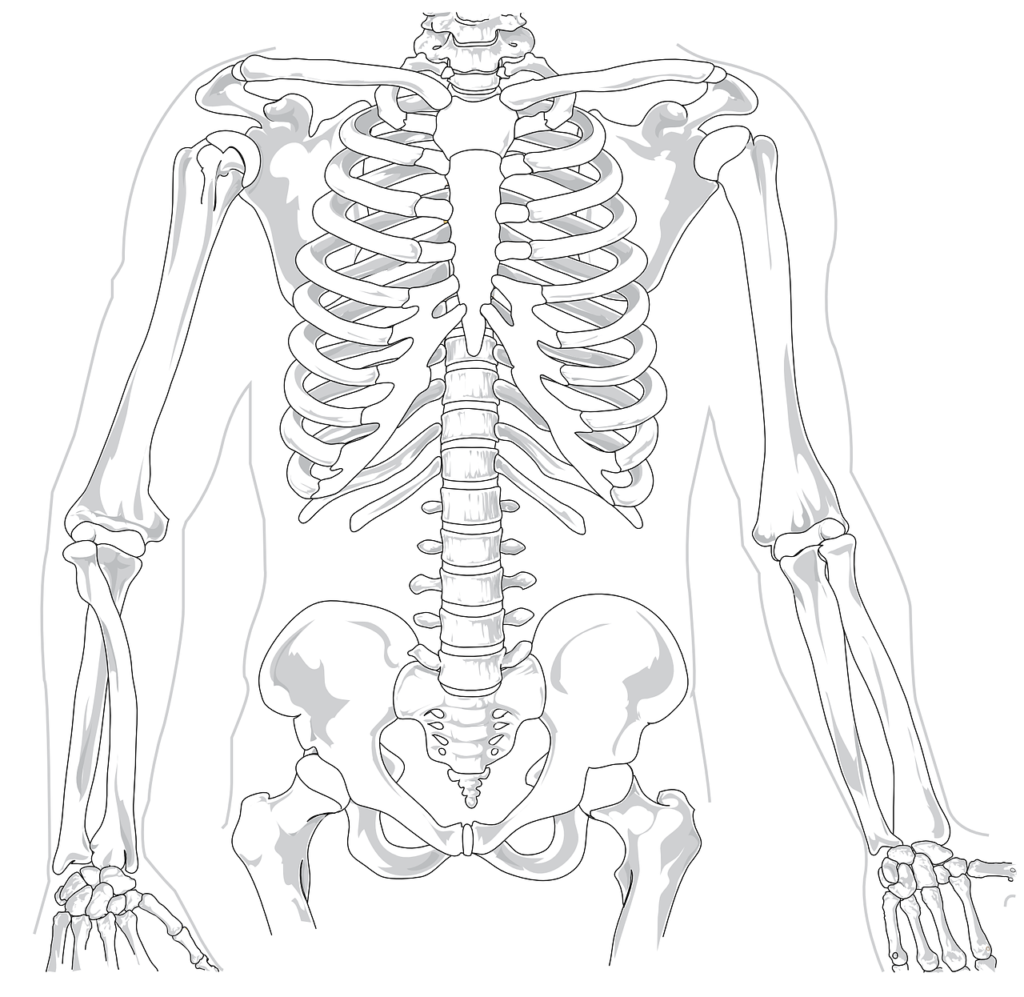 Imagine, for a moment, walking with one foot inside an inflexible boot.
Imagine, for a moment, walking with one foot inside an inflexible boot.
That classic, step-slap sound resulting from the inflexible boot hitting the ground with each step, is also the hallmark of foot drop, a gait abnormality that is the result of muscle weakness, nerve damage, or partial muscle paralysis to either one or both feet.
Individuals with foot drop are no longer able to properly flex one or both foot, resulting in a “slap” to the ground with each step, rather than a smooth, rolling step from heel to toe.
Foot drop can also cause what’s known as “steppage gait,” in which the affected foot is lifted much higher than normal while walking. Due to the foot’s inability to flex and lift like normal, the toes often drag while the affected leg swings forward. To compensate, this leg must be lifted higher than normal to avoid tripping over the dragging toes.
What are the causes of foot drop, how is it diagnosed, is it permanent, how can it be treated, and should surgery be considered?

Causes of Foot Drop
The causes of foot drop vary significantly, and the prognosis for recovery depends a great deal on the cause itself. Foot drop can result from weakness in the muscles of the legs and thighs, to much more serious conditions like multiple sclerosis. Foot drop can be caused by any of the following:
- Herniated disks in the back that compress and damage nerves leading down to the feet
- Injuries to the pelvis and the hips
- Dislocation of the knees (it’s important to check for nerve damage and artery damage if you ever dislocate your knee!)
- Inadequate blood supply (also known as ischemia). This can take place during a stroke
- Injuries to the sciatic nerve
- Partial paralysis of muscles in the legs
- Muscle weakness or damage
- More serious degenerative conditions like multiple sclerosis, ALS, and cerebral palsy
- Spinal cord injuries
- Exposure to toxins that have damaged the nerves

Diagnosing Foot Drop
Foot drop can often be diagnosed simply by hearing the cadence of your gait on a hard surface. The “slap gait” is distinctive, as one foot or both hit the ground with a slap. In a typical gait, the heel strikes the ground first, followed by the rest of the foot in a controlled and smooth motion. In cases of drop foot, the ability to control the foot’s smooth descent to the ground is absent–the reason for the characteristic slap. Evidence of “steppage gait,” where the affected foot is raised higher than normal to avoid dragging or tripping on the toes, is also a hallmark.
Foot drop can also be diagnosed through examination of dorsiflexion, or the amount of control over your ability to lift and flex downward and upward. The inability to flex the foot with a proper range of motion means that the foot cannot facilitate a normal gait.
Is Foot Drop Permanent?
Foot drop can either be temporary or permanent, depending on how much damage has been sustained, how long it has been happening, and the cause of the muscle or nerve damage to begin with. If you notice foot drop, it’s critical to address the problem and determine the cause as soon as possible.
Treatments for Foot Drop

The main factor in deciding how to treat foot drop is the cause. Some treatments, depending on the cause of foot drop, may include physical therapy, treating a herniated disc, anti-inflammatory drugs to deal with swelling and inflammation at the source of the damaged muscles or nerve, as well as a specialized exercise program to strengthen and repair damage.
Neuromuscular Electrical Stimulation (NMES) may be recommended by your doctor, depending on the cause and extent of the damage to nerves. This treatment stimulates and helps restore function to damaged nerves is minimally invasive.
While you and your doctor are treating the cause of foot drop with a medical professional, foot orthoses, or orthotics, can be very helpful in stabilizing the foot and ankle, which help keep the foot from dropping or dragging during walking and activity. Orthotic shoes can add additional weight to the foot, exacerbating the symptoms of foot drop, so lightweight slip-in orthotics should be used.
Should I Consider Surgery for Foot Drop?
Surgery should typically be a last resort, and foot drop is no exception. Surgery to remedy foot drop yields mixed results, and all are accompanied by long recoveries and invasive, painful procedures. However, some people have seen improvement after surgery for foot drop after exhausting other options for treatment.
The best way to approach foot drop is to treat the symptoms (by using slip-in orthotics and any other treatments your doctor recommends), and working with your doctor to uncover and treat the root cause. Knowledge is power, and learning as much as you can about this condition while finding the treatment that works best for you is key!




If your foot drop is permanent than consider surgery. It is called a Tendon Transfer surgery and I am SO thankful that I had the surgery. I no longer have to wear the painful AFO (Ankle Foot Orthotic) brace which I hated.
My lower leg and foot were paralyzed during a spinal surgery by Dr. Rolando Roberto at UC Davis Medical School. The pain I live with from the foot drop is horrendous; burning, crawling sensations. But at least now I don’t have to wear the brace anymore. I encourage everyone to seek out an experienced Ankle and Foot Orthopedic surgeon for this surgery. There is a casting period involved but again well worth it.
I hi ann , my name is carol and I was left with foot drop as a result of a botched total hip reply in which my nerve was nicked.a diver as I was told. I would be interested in any operation if I could be rid of that horrible brace, but was told I have no nerve conduction in that nerve by a nerve study. Other muscles ok. Would I possibly be a candidate for such an operation? Where did you go for your opinion? Any help would be great and lighten my spirits.
Hello Ann
I have foot drop due to back surgery. I have been suffering with horrible pain in my toes and ankle. I barely sleep from the pain and up for days at a time. When I was younger I could deal with the pain better, now I can’t take the pain. Is there any medicine you take to help the pain … if so can you please tell me so I can ask my doctor about it. Thank you !